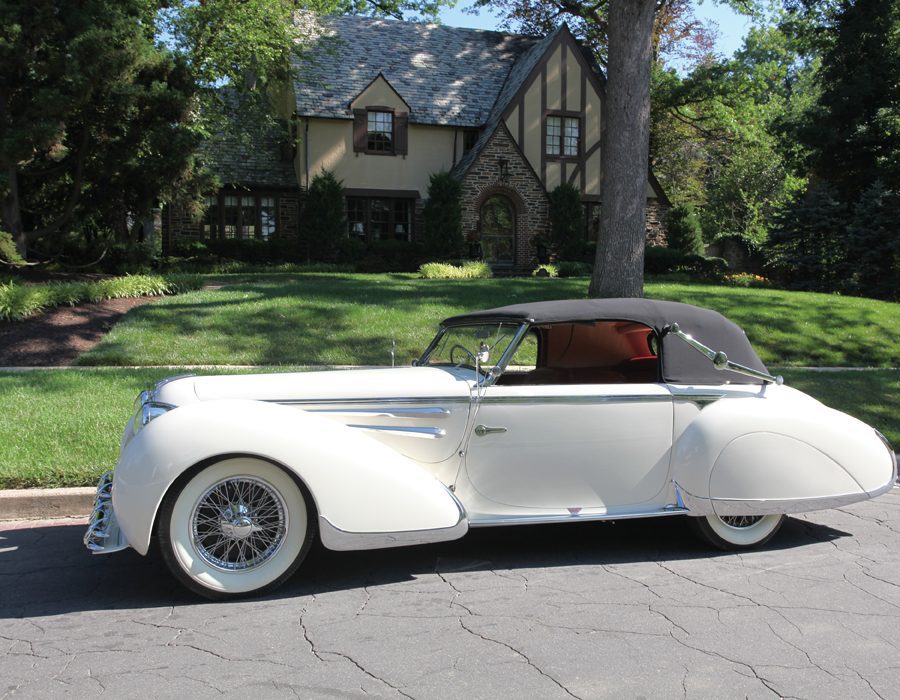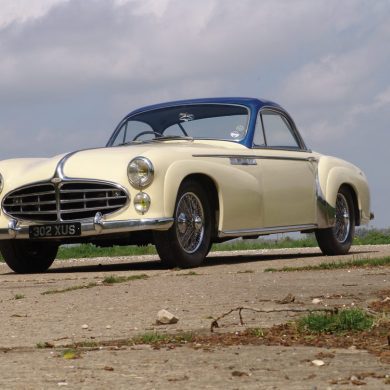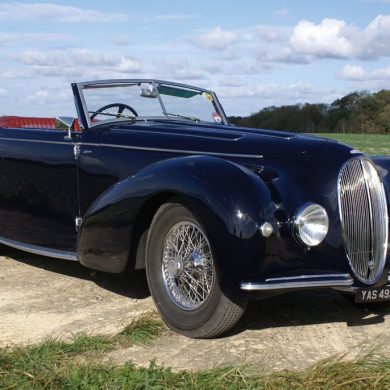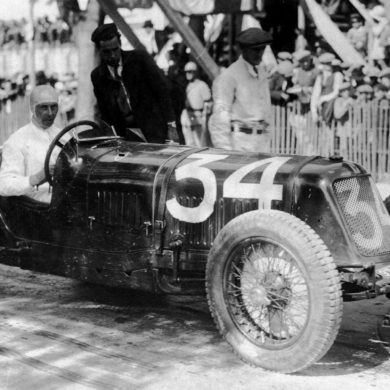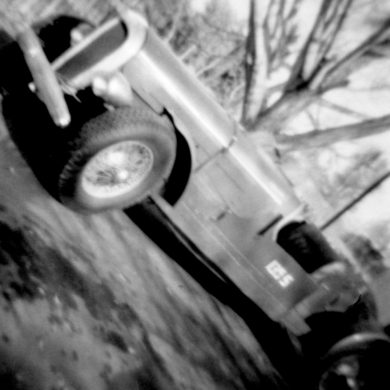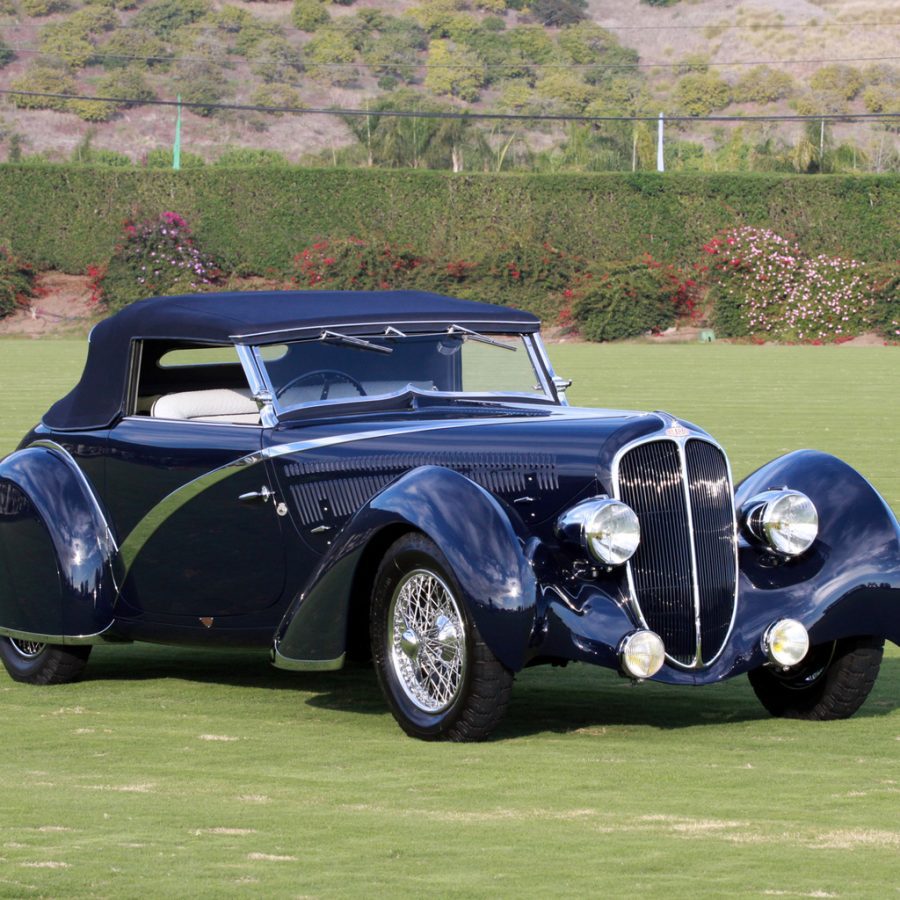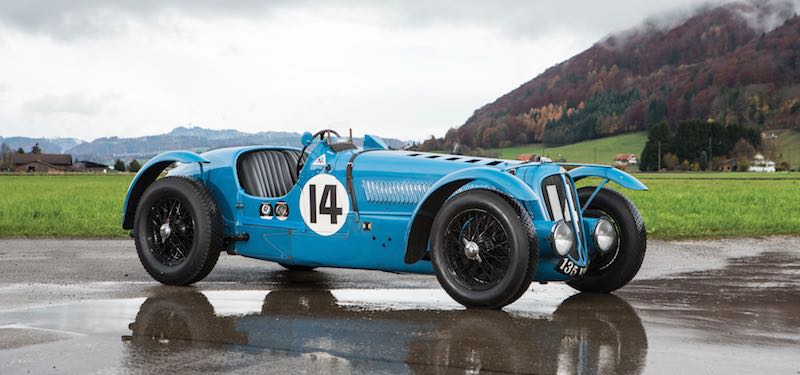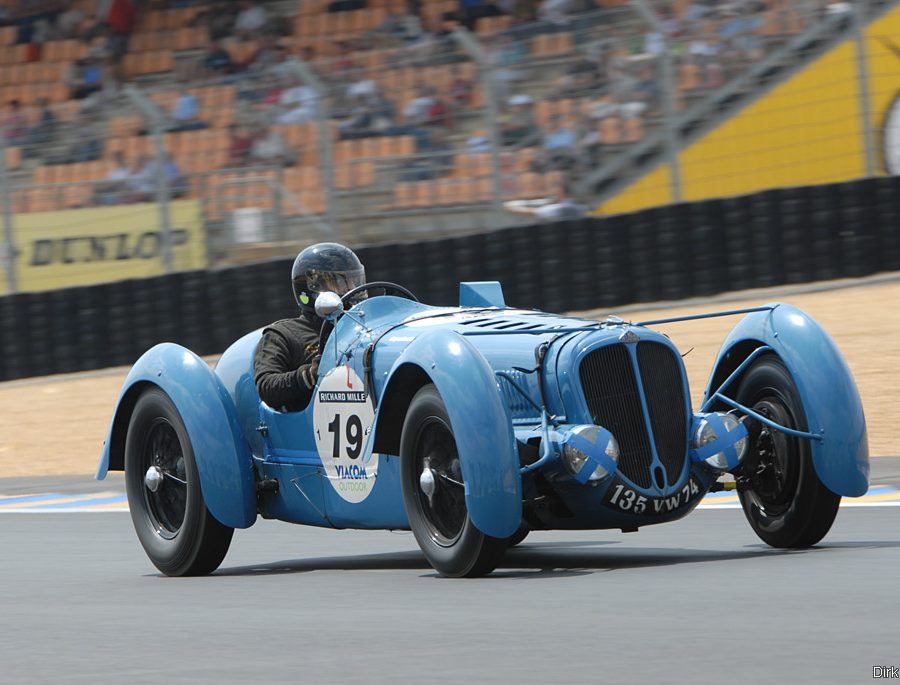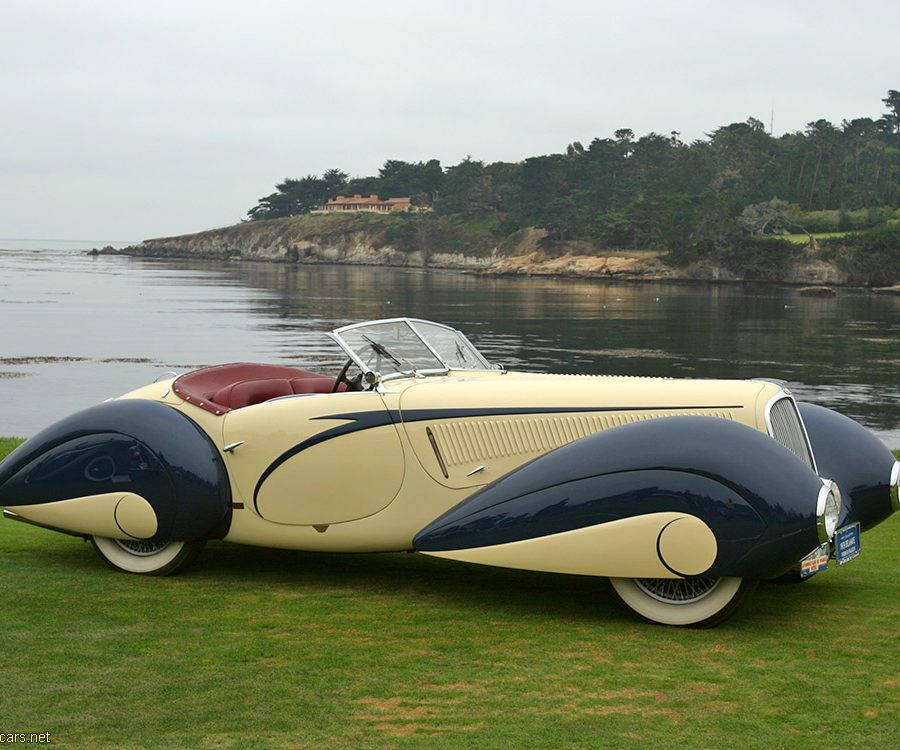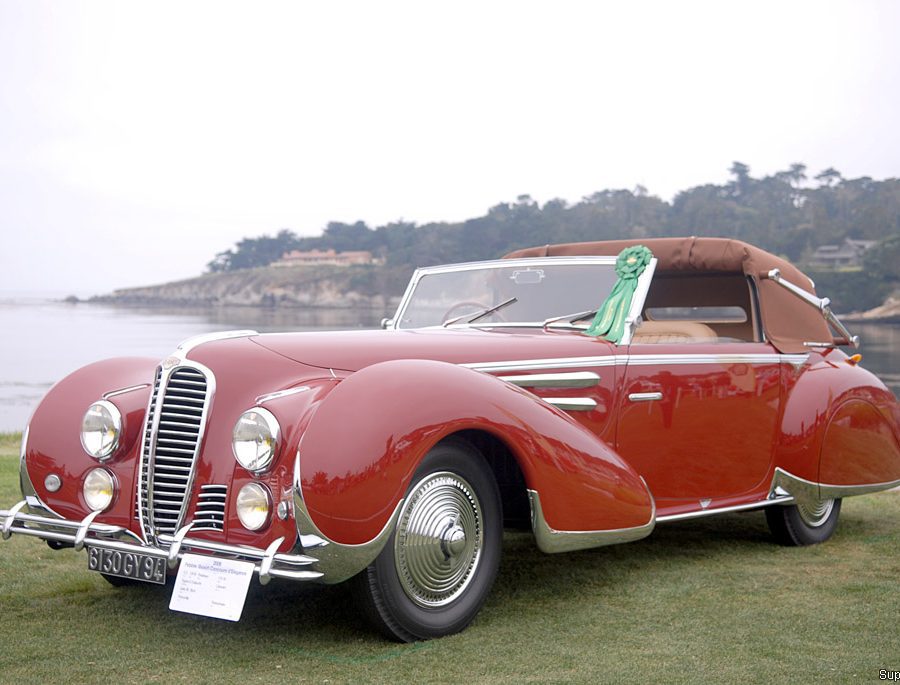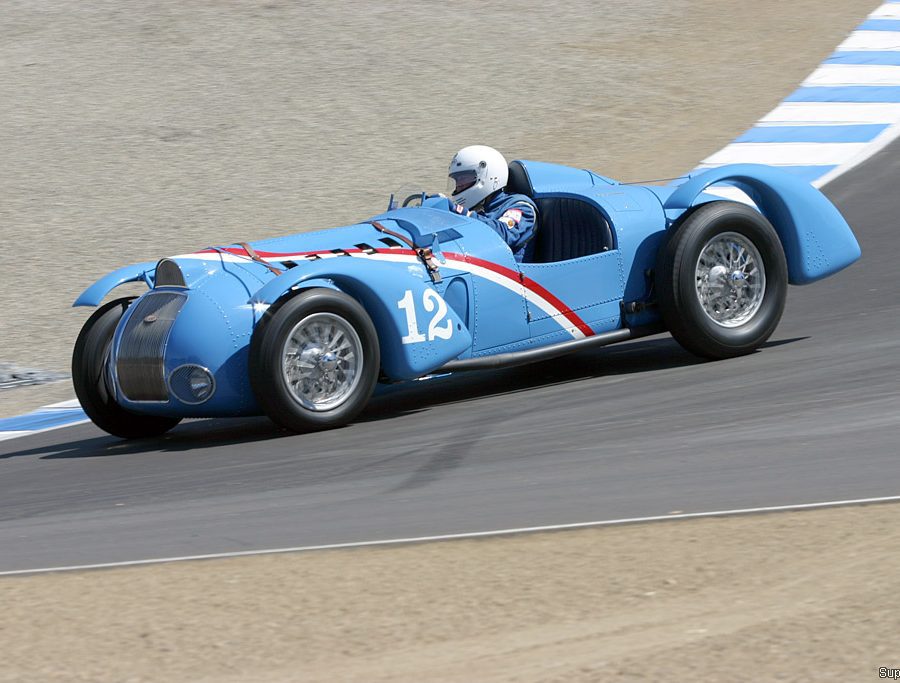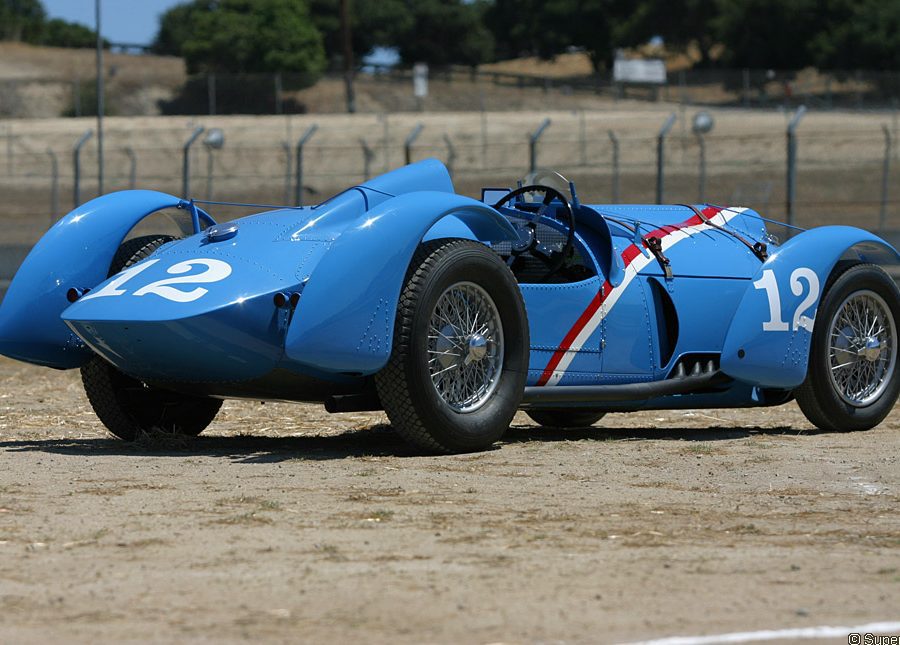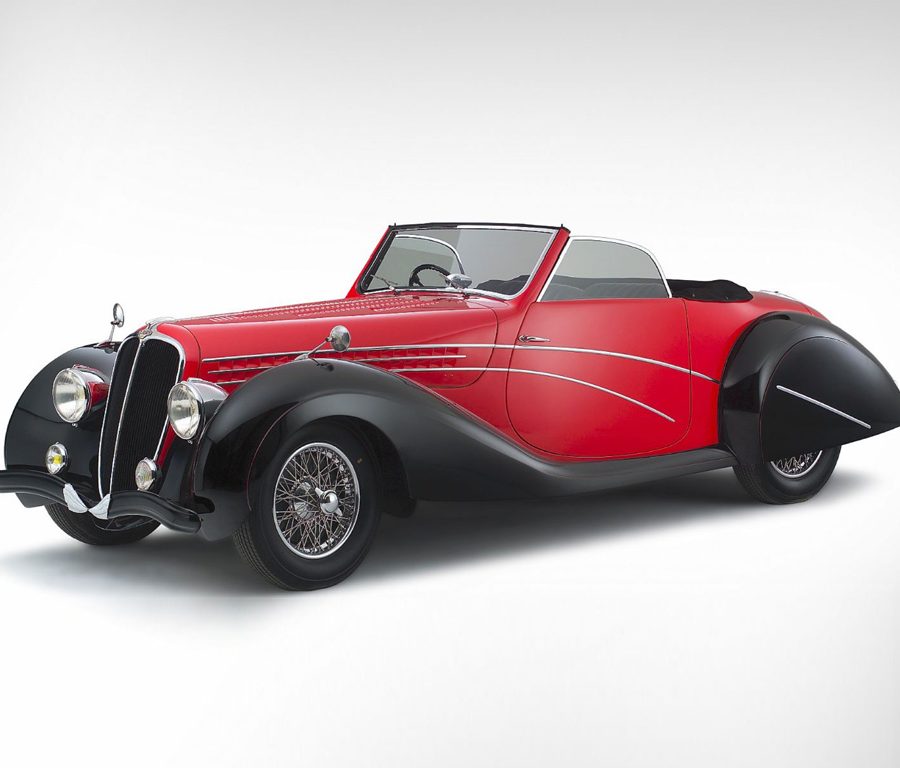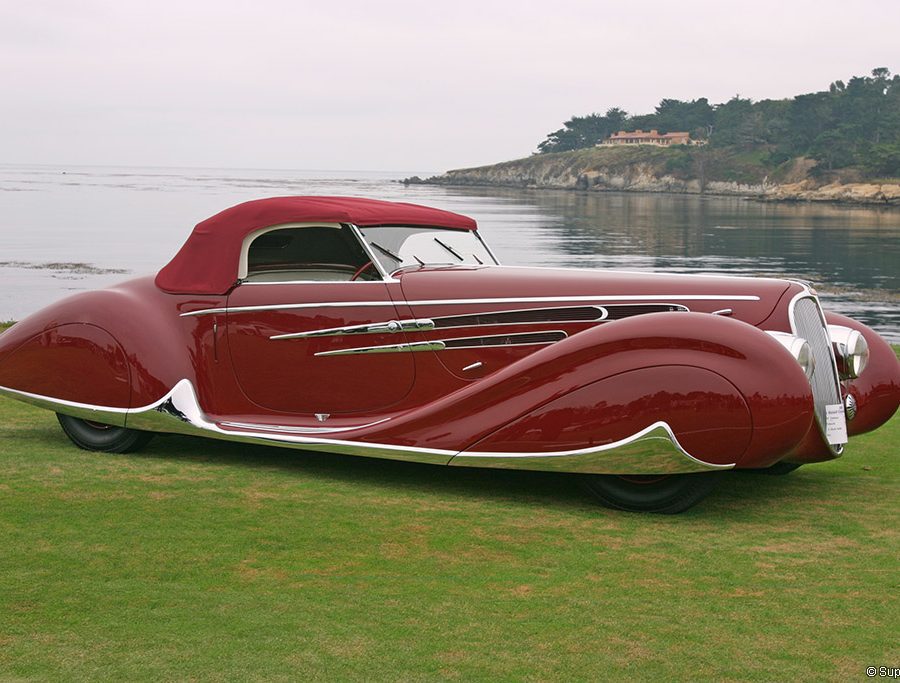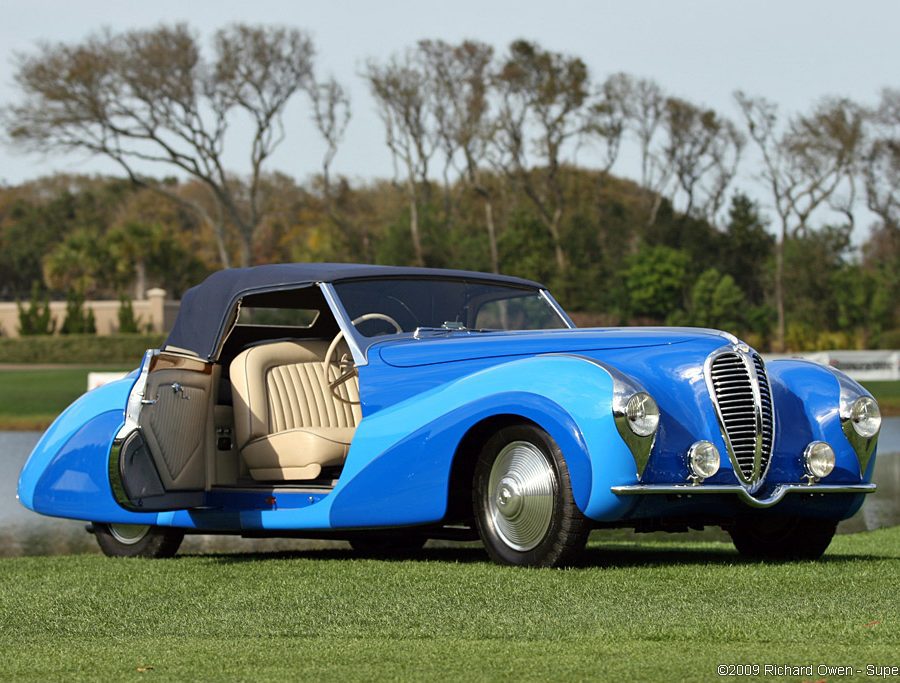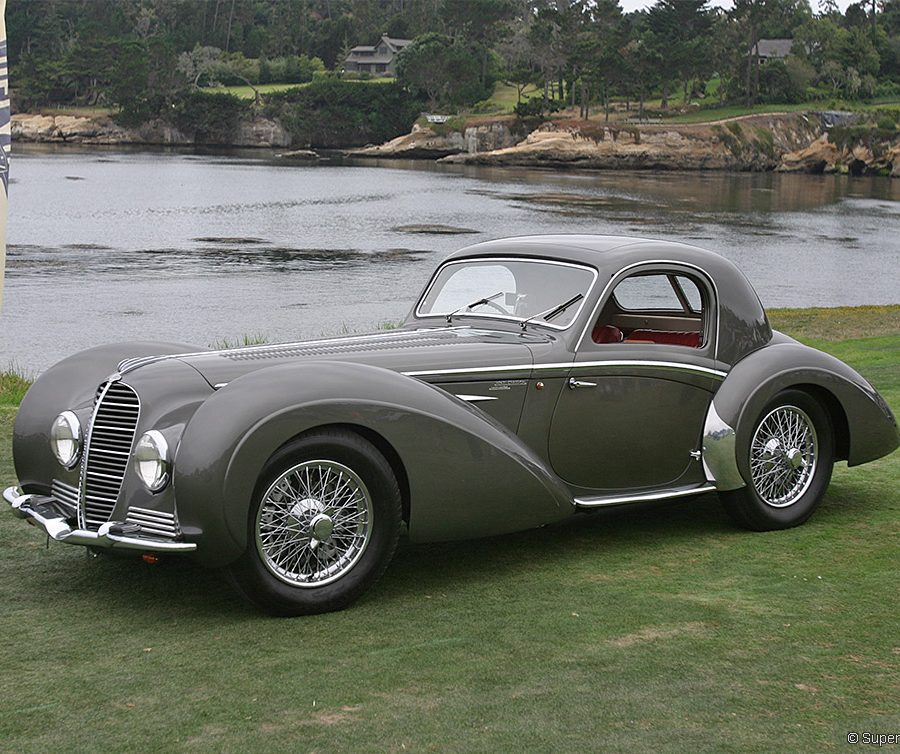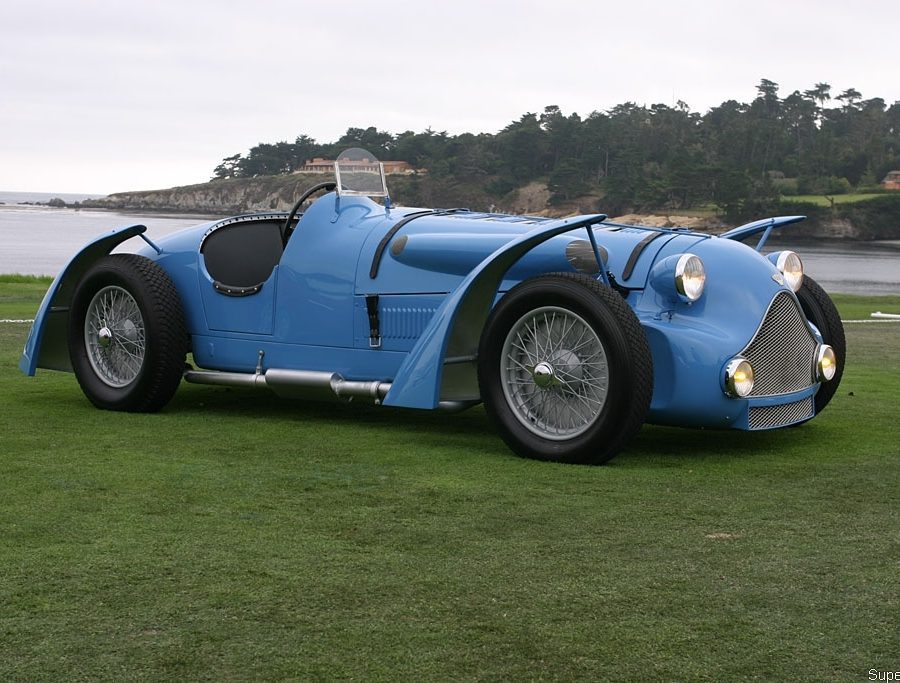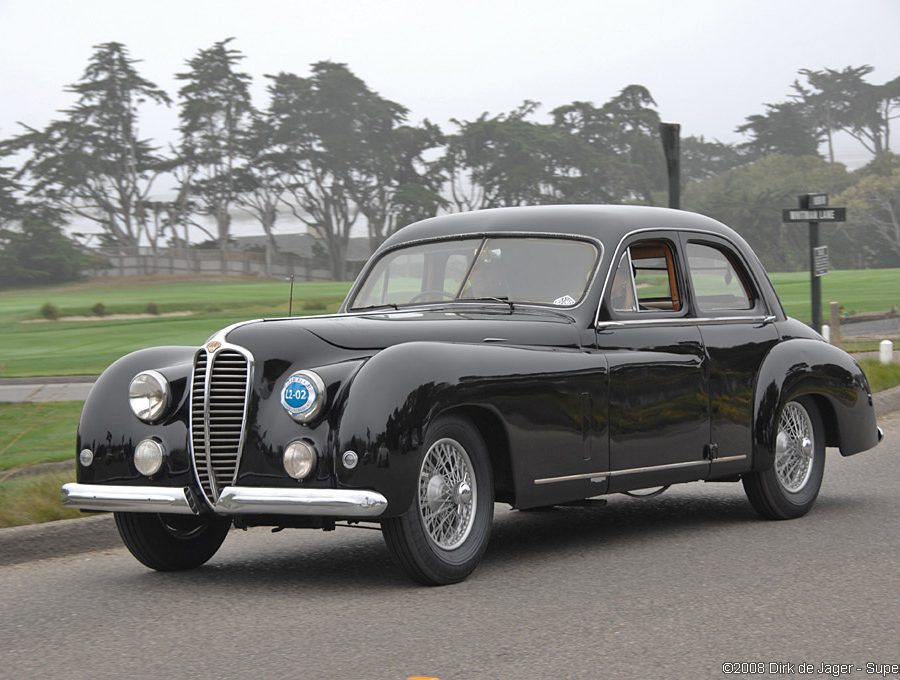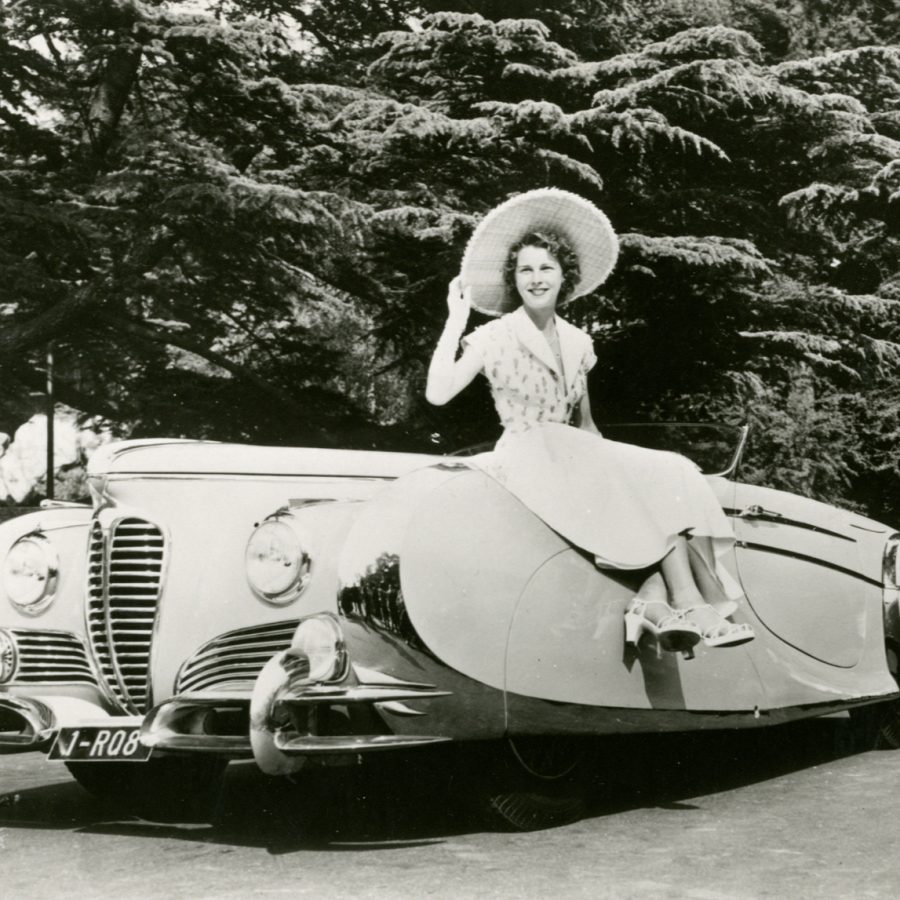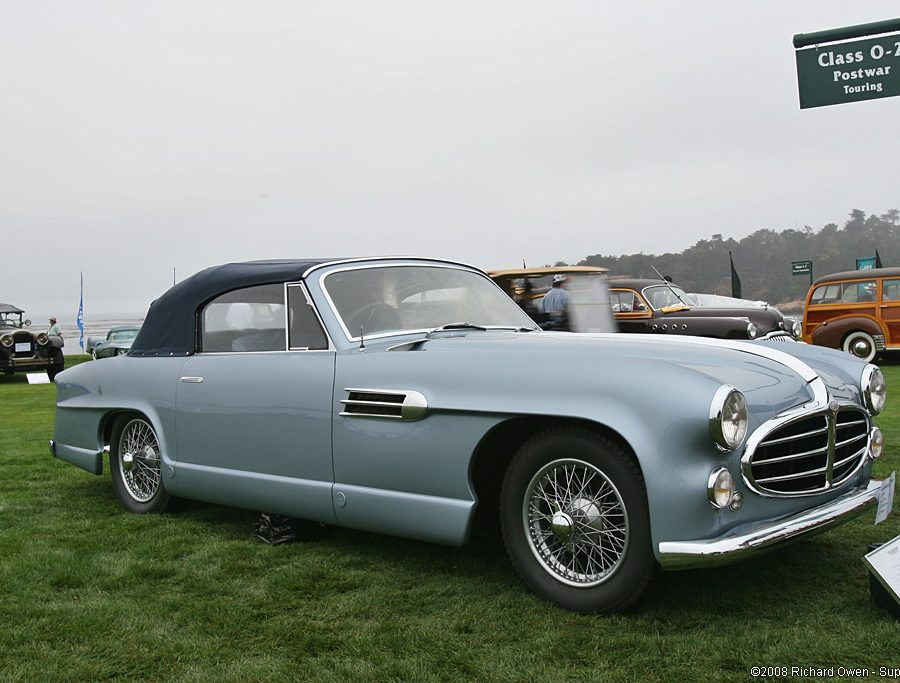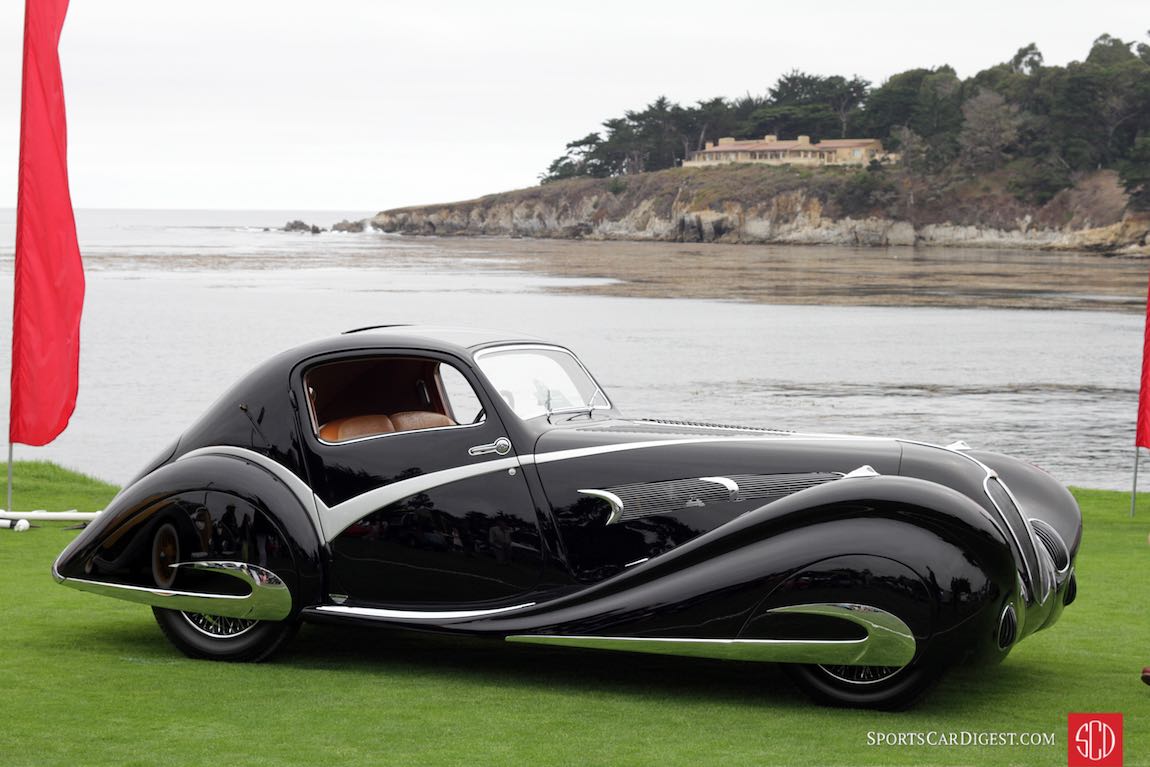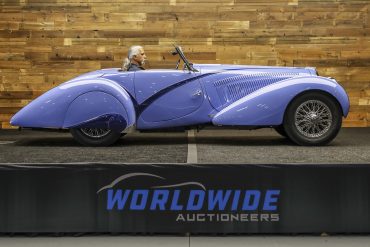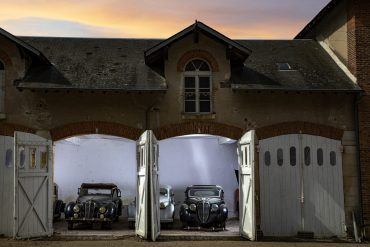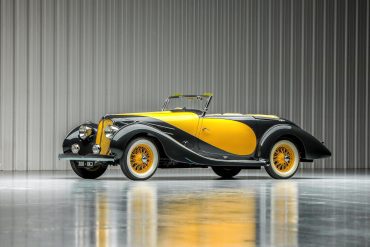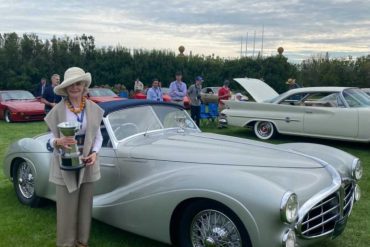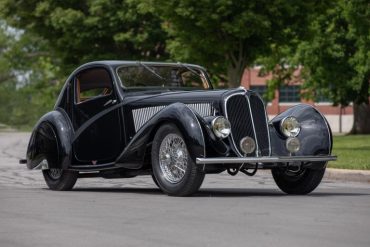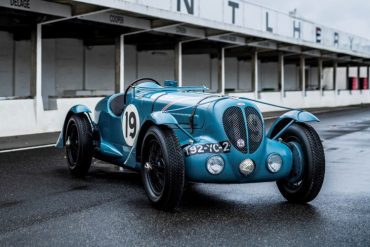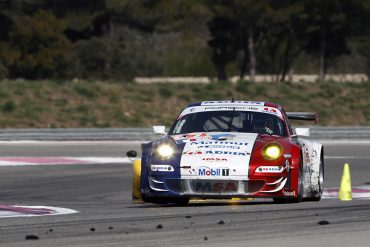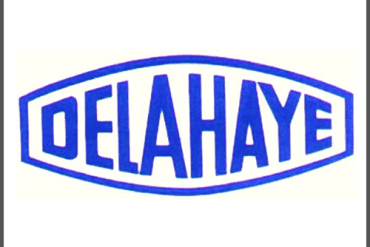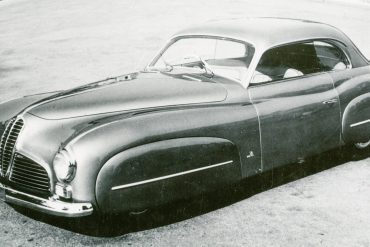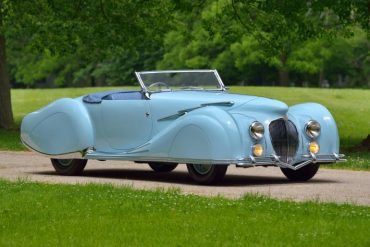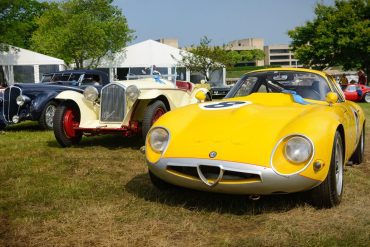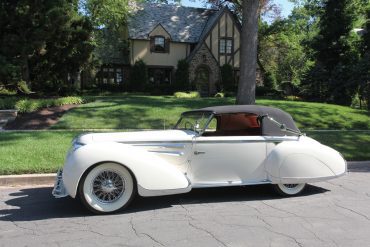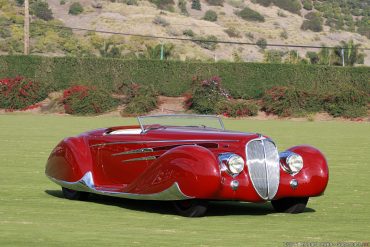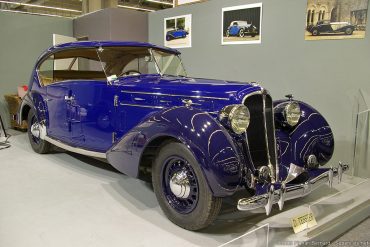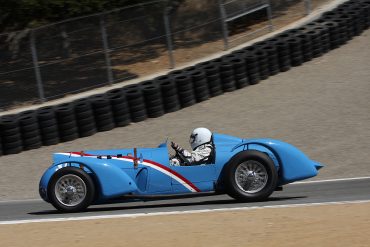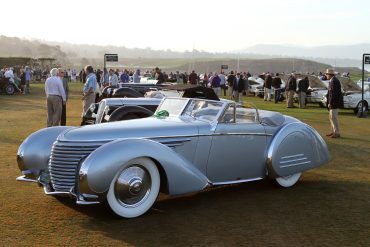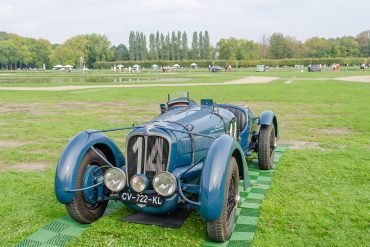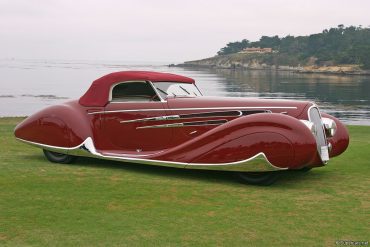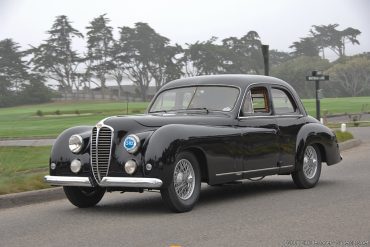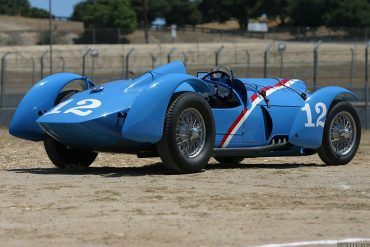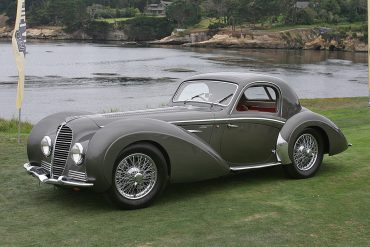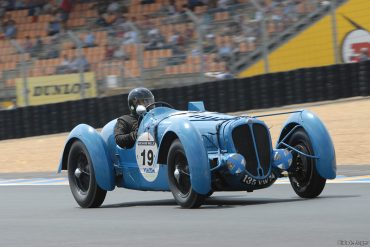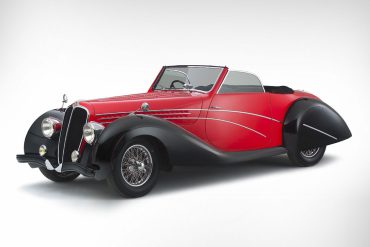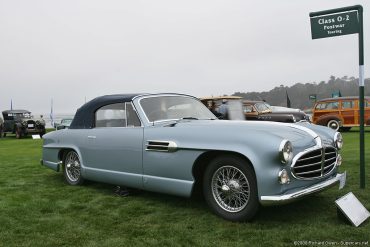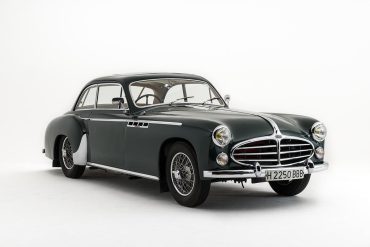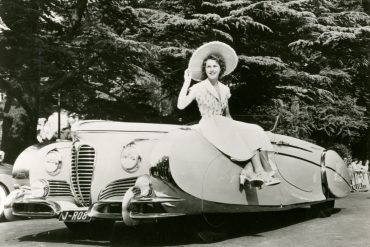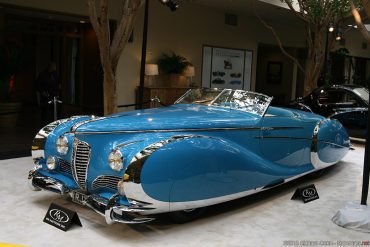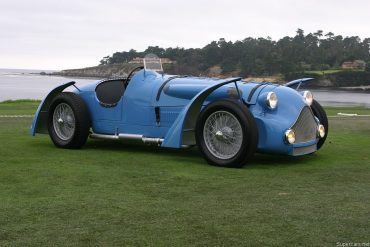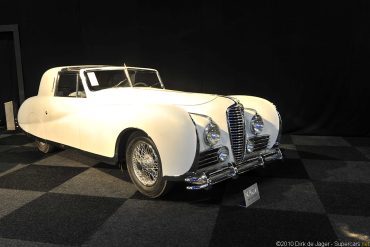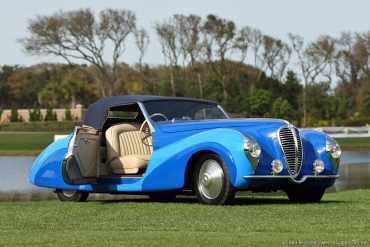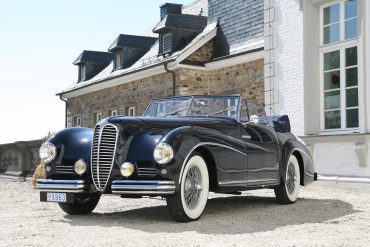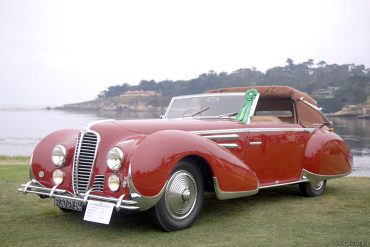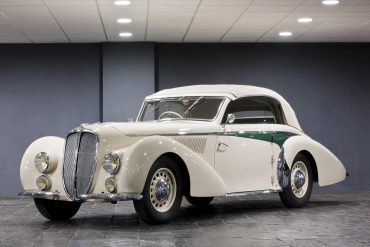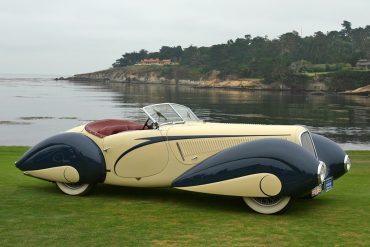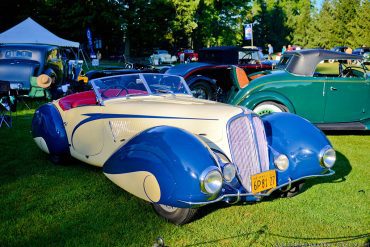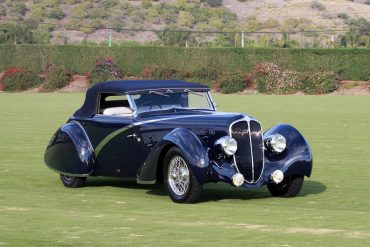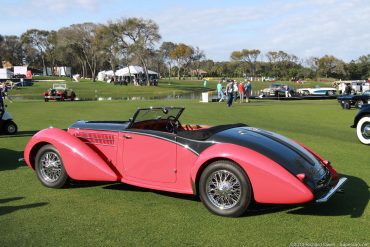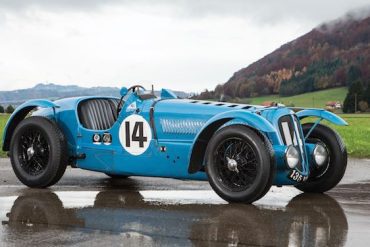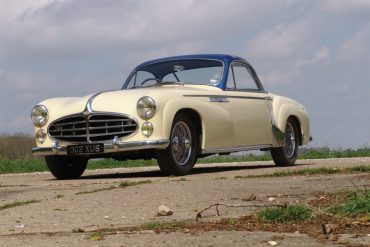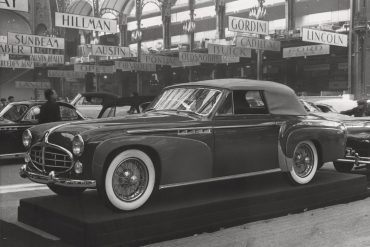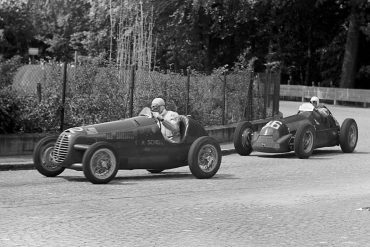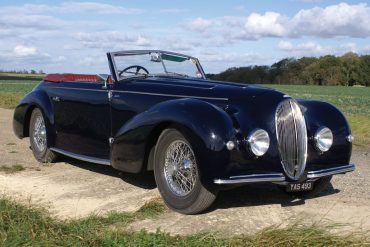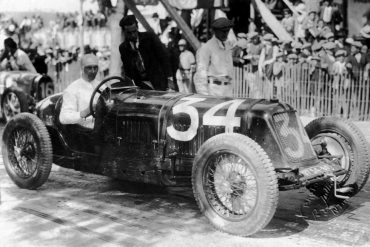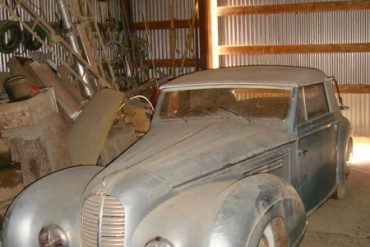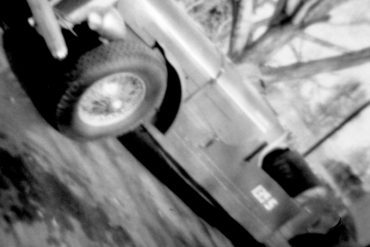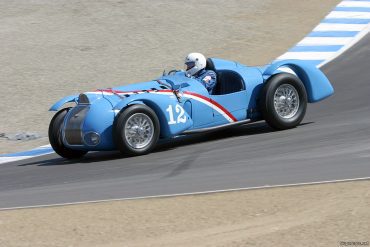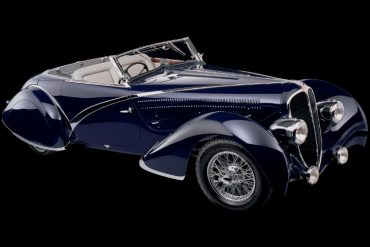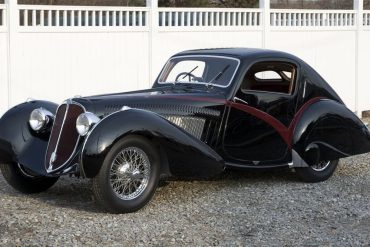
Delahaye
Research, History, Reviews, Media & More
Introduction / Featured Stories / Model Guides / News & Updates
Delahaye: The Epitome of French Luxury and Engineering Excellence
Delahaye was one of the most prestigious French automobile manufacturers of the early to mid-20th century, known for its impeccable craftsmanship, innovative engineering, and stunning designs. The brand’s cars were a perfect blend of luxury and performance, representing the pinnacle of French automotive elegance. From sleek road cars to victorious racing machines, Delahaye left an indelible mark on the automotive world. This post delves into the founding of Delahaye, its illustrious history, iconic models, and the special milestones that defined its legacy.
The Founding: Émile Delahaye’s Vision
Delahaye was founded in 1894 by French engineer Émile Delahaye in Tours, France. Initially, the company produced stationary engines and machinery before moving into the burgeoning world of automobiles. Émile Delahaye was passionate about innovation, and his early automobiles reflected his dedication to advanced engineering and reliability. By the early 1900s, Delahaye had begun building both passenger cars and commercial vehicles, quickly establishing itself as a reputable name in French automotive circles.
In 1901, the company moved to Paris, where it gained attention for its robust and reliable vehicles. However, Émile Delahaye retired in 1901, passing control to his partners, who carried on the business with a focus on luxury cars and racing.
The Evolution of Delahaye: From Robust Cars to Automotive Art
Delahaye's journey from industrial machinery to producing some of the most beautiful cars in the world is marked by several key developments and iconic models:
Delahaye and Early Success (1900s-1920s):
Delahaye quickly became known for producing dependable cars and trucks, including commercial vehicles. During this period, Delahaye's focus was largely on practical cars for the French market, but racing success also helped build the brand’s reputation. Delahaye cars were reliable enough to participate in various endurance races, and by the 1920s, the company began to shift towards more luxurious, performance-oriented vehicles.
The Delahaye Type 135: A Blend of Performance and Beauty (1935-1954):
Introduced in 1935, the Delahaye Type 135 is one of the brand’s most famous models. A grand touring car and a race winner, the Type 135 became synonymous with French elegance and speed. Available in several versions, including the road-going Type 135MS (Modifié Spécial), this car was known for its flowing curves and bespoke bodies by coachbuilders like Figoni et Falaschi, Saoutchik, and Chapron.
The Type 135 achieved significant success in motorsport, winning the 1937 and 1938 Monte Carlo Rally and taking first place at the 1938 24 Hours of Le Mans. These victories helped cement Delahaye’s reputation as a manufacturer of cars that could be both stunning and fast.
The Delahaye Type 145: Racing for France (1937-1939):
The Type 145, known as the “Million Franc” car, was developed specifically to break speed records and bring glory to France. In 1937, Delahaye entered the “Million Franc” race, a competition designed to spur French manufacturers to break the speed record. Delahaye’s Type 145, with its V12 engine, set a new speed record of 91 mph on a closed circuit, driven by René Dreyfus, who would go on to win several races in this model. This victory further established Delahaye’s dominance in motorsport.
Art Deco Styling: A Masterpiece of the 1930s and 1940s:
The 1930s were the golden age for Delahaye's Art Deco-inspired models, especially those that featured stunning coachwork from top designers. Cars like the Delahaye 175, 178, and 180 featured flowing lines, teardrop shapes, and chrome accents, embodying the elegance and opulence of the Art Deco period. These cars were favored by royalty, celebrities, and industrialists, becoming a symbol of prestige.
The Delahaye 175 S Roadster, bodied by Saoutchik, is one of the most iconic examples of this style, often regarded as one of the most beautiful cars ever made. Its dramatic, streamlined design epitomized the luxury of pre-war France.
Post-War Luxury: Delahaye 235 (1951-1954):
After World War II, Delahaye struggled to regain its pre-war success but introduced the Type 235 in 1951 as its final model. The 235 was a grand tourer, once again combining elegance with performance. While beautifully crafted and well-engineered, it was unable to compete with the changing automotive market, and fewer than 100 units were produced.
Special Milestones and Achievements
Throughout its history, Delahaye achieved several significant milestones and made lasting contributions to the automotive world:
Racing Pedigree: Delahaye’s success on the racetrack, including wins at the Monte Carlo Rally and the 24 Hours of Le Mans, demonstrated the brand’s commitment to performance and engineering excellence.
Art Deco Design Masterpieces: Delahaye became renowned for its Art Deco-inspired designs, often created by top coachbuilders. These cars were not only advanced in terms of performance but were also celebrated for their artistic beauty.
The “Million Franc” Race Win: The 1937 victory in the “Million Franc” race solidified Delahaye’s reputation for engineering prowess and marked a key milestone in French automotive history.
Exclusive Clientele: Delahaye cars were owned by royalty, celebrities, and influential figures, including King Farouk of Egypt and famous entertainer Josephine Baker. This further added to the brand’s exclusivity and allure.
The Decline and Legacy of Delahaye
Despite its prestige and success, Delahaye could not withstand the changes in the post-war automotive industry. The company merged with Hotchkiss in 1954, and soon after, it ceased production. While its production run was relatively short, Delahaye’s cars are now considered some of the finest examples of luxury and performance vehicles from the pre-war era.
Today, Delahaye cars are highly coveted by collectors, often fetching millions at auction. Their combination of engineering brilliance, motorsport heritage, and timeless design ensures that Delahaye’s legacy endures in the world of classic cars and automotive history.
Delahaye Basics
Founded: 1894
Location: Tours, France
Founder: Émile Delahaye
Defunct: 1954
Headquarters: Paris, France
Notable Models
Delahaye 1
Delahaye 44
Delahaye 134
Delahaye 135
Delahaye 138
Delahaye 148
Delahaye 168
Delahaye 175
Delahaye 178
Delahaye 180
Delahaye 235
Delahaye VLR


